Which linoleum is best for an apartment: a complete classification and characteristics of each type
Despite the expansion of the flooring market, the production of linoleum does not slow down. The use of safe technology and affordable price have made this product one of the most popular products in its category. At the same time, buyers are increasingly concerned about the choice. The range is expanding every year, raising the urgent question: "what linoleum is still better?" Today we will try to give you an answer to this question.
Content
What to focus on when choosing linoleum?
Making a choice is always very difficult. Criteria for someone of paramount importance to others are not so important. In order not to regret the choice made in the future, one should take into account in which room linoleum will be laid. When making a purchase, focus on the characteristics of the rooms, namely:
- Maximum passability of the room;
- The purpose of the room;
- Premises requiring special conditions (protection against moisture, grease, abrasion);
- The overall design of the rooms.
Varieties of linoleum
To understand: which linoleum is best for an apartment, you need to understand its varieties. Knowing the advantages and disadvantages of each, you can choose the necessary product, not disappointed later.
Natural linoleum
The composition of natural linoleum contains only harmless components. In addition to the basics of jute fabric, pine resins, cork and wood flour, linseed oil, lime powder, and natural dyes are used in the manufacture of such products. The use of such coatings is permissible even in children's rooms. It is safe for allergy sufferers.
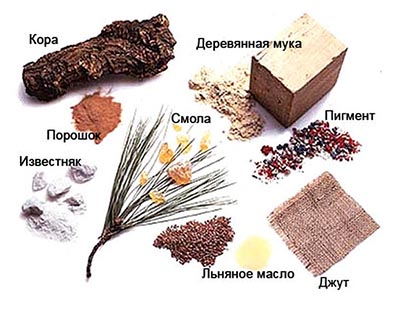
Advantages:
- compliance with environmental standards;
- bactericidal properties of the material;
- abrasion resistance;
- Does not fade from time to time;
- does not fade in the sun;
- does not support combustion;
- variety of colors;
- ease of operation.
Disadvantages:
- moisture resistance, which is why it is not advisable to lay it in the kitchen and hallway;
- when linoleum is bent, cracks may appear on the surface, this should be taken into account when transporting and working with the product;
- rather high price in comparison with artificial linoleums.
PVC (polyvinyl chloride) linoleum
The main binder in PVC linoleum is polyvinyl chloride. The product also contains plasticizers, fillers, stabilizers and dyes.
Benefits:
- antistatic coating;
- low thermal conductivity;
- moisture resistance;
- ease of laying;
- environmental Safety;
- variety of colors.
Disadvantages:
- instability to alkalis and solvents;
- after laying it shrinks;
- under the influence of low temperatures, the elasticity of the material decreases, which can lead to cracking.
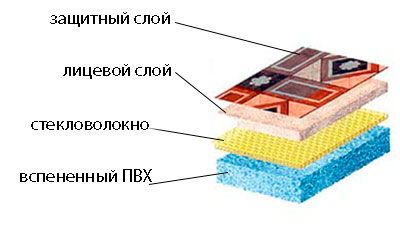
By appointment, PVC linoleum is divided into:
- Domestic. The thickness of household linoleum is 1-4 mm. It can have a polyester or foam base.The service life of household PVC linoleum is not more than 5 years;
- Commercial. Commercial linoleum has a very high degree of wear resistance. It has a very thick protective layer. It is used in office and work rooms. The service life of commercial linoleum is 1-25 years;
- Semi-commercial. The structure of semi-commercial linoleum is similar to household, but has a thickened protective layer (up to 0.7 mm). It is laid in the rooms of the apartment with the highest traffic (kitchens, halls), in office rooms with low traffic. The service life of semi-commercial linoleum is 7-20 years;
- Specialized. Such linoleum is developed for certain tasks. Sports - is covered with a polyurethane layer that improves wear resistance. Bactericidal - it contains antifungal and antibacterial additives. Antiskid - thanks to the quartz crumb added to it has a relief surface. Noise-absorbing - has a thickened base.
Gliftal
Glyphthalic linoleum is made by applying alkyd resin to the fabric base. Before laying it, the product must lie in a warm room. So that after laying it does not deform.
Benefits:
- increased thermal insulation;
- increased sound insulation.
Disadvantages:
- fragility of the material;
- complexity of laying due to the possibility of cracks.
Colloxylin
Colloxylin linoleum is a baseless single-layer floor covering.
It is made of wood or cotton cellulose nitrate, plasticizers, fillers, stabilizers.
Benefits:
- moisture resistance;
- flexibility (maintained even at low temperatures);
- elasticity.
Disadvantages:
- risk of shrinkage;
- instability to organic solvents, alkalis, acids;
- high coefficient of heat absorption;
- reacts to temperature changes.
Linoleum relin
Linoleum relin is a two-layer floor material.
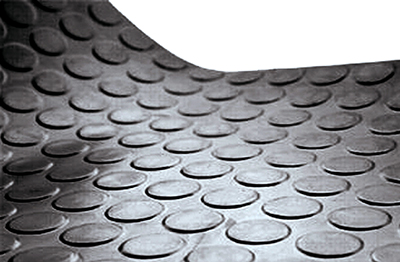
Benefits:
- low level of slip;
- good cushioning properties;
- firmness and elasticity.
Disadvantages:
- high thermal conductivity;
- solvent resistance;
- the presence in the composition of harmful substances that evaporate over time.
The choice of linoleum with orientation to the purpose of the premises
To know which linoleum is best to choose for a particular room, you need to know the product labeling. It consists of two numbers. First digit:
- 1 - means that the product is intended for rooms with minimal traffic,
- 2 - for residential premises,
- 3 - office,
- 4 - production.
The second means the possible load on the coating and varies from 1 (lowest) to 4 (highest).
What is better to put in the living room?
The patency of the guest room is moderate. For it, a coating with a thickness of 1.5 mm is chosen. Since the susceptibility to mechanical stress is small, an inexpensive PVC-based household linoleum is suitable.

Children's room
In children's rooms, the main attention is paid to the environmental friendliness of coatings. Therefore, it is better to choose a natural product. It may not be so durable, but it will not harm the health of the child.

Sleeping room
The bedroom is a low traffic area. Here you can lay linoleum with a thickness of 1.2 mm. As an option - PVC linoleum on a foamed basis or polyester household.

Hallway, kitchen, corridor
These rooms have the highest traffic in the apartment. It is advisable to lay linoleum 3 mm thick. For such rooms, you can choose household PVC linoleum or even semi-commercial.
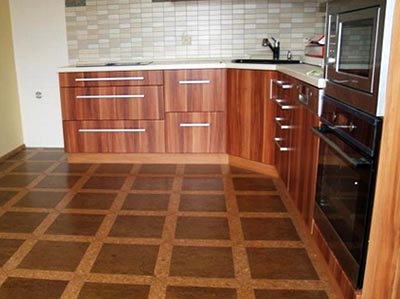
In custody
When figuring out which company’s linoleum is better, it is safe to say that domestic industry is not lagging behind European competitors. One of the leading domestic flooring companies can be called Tarkett. Imported linoleums are represented by such companies as Juteks, Forbo, Venus, IVS.
In addition to the described characteristics, when choosing linoleum for an apartment, it is worth paying attention to its appearance. The presence of relief and greasy shine should alert you. The strong smell of the product indicates its harmfulness. It is unlikely that such linoleum can be laid in residential premises. So take your time with the choice. As the saying goes: "Measure seven times - cut once!".



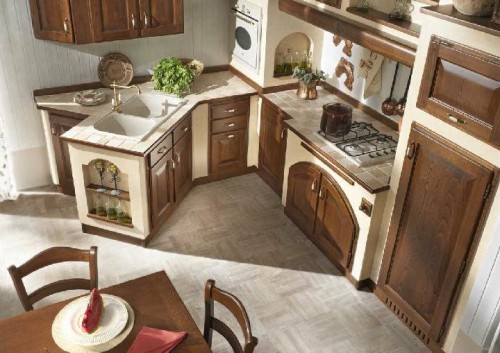
7 comments